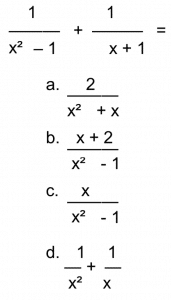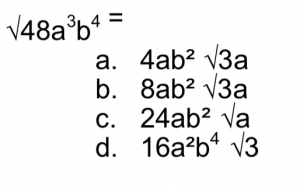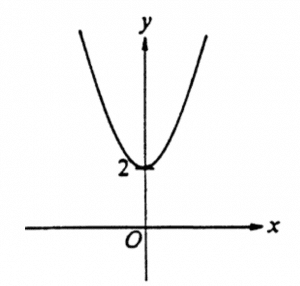Terms of USe
About DSST Prep
DSSTPrep
10900 Research Blvd Ste 160C PMB 1356 Austin, TX 78759
support@dsstprepcourses.com

Algebra—or “al-jabr”— literally means the “reunion of broken parts”. The origin of algebra is traced to the ancient Babylonians and is the unifying thread of almost all of mathematics.
This DSST exam was developed to enable schools to award credit to students for knowledge equivalent to that learned by students taking the course. This exam covers topics such as complex numbers, algebraic operations, equations and inequalities, and properties of functions and their graphs. The use of a non-programmable calculator is permitted in this exam.
The following is an outline of the content areas covered in the examination. The approximate percentage of the examination devoted to each content area is also noted.
I. Fundamental Algebraic Operations – 20%
II. Complex Numbers – 4%
III. Equations and Inequalities – 44%
IV. Properties of Functions and their Graphs – 32%
All test questions are in a multiple-choice format, with one correct answer and three incorrect options. The following are samples of the types of questions that may appear on the exam.
1. If x² ≠ 1, then

2. Which of the following is a solution of the equation x² + 3x – 2 = 0?

3. An experimental formula for the number of hours of sleep a child needs is S = 13.5 – (y/3), where S is the number of hours of sleep needed and y is the age of the child in years. According to this formula, with each passing year, a child needs:
4.
. 
5. Which of the following could be the equation of the graph below?

Answers to sample questions:
1-C; 2-C; 3-A; 4-A; 5-C
Backed by Our Money-Back Guarantee!
Here’s what you need to know about this exam:
DSSTPrep
10900 Research Blvd Ste 160C PMB 1356 Austin, TX 78759
support@dsstprepcourses.com
© 2023 All rights reserved